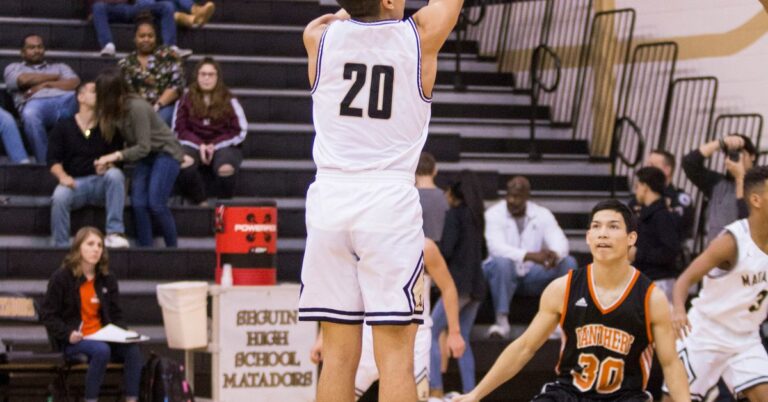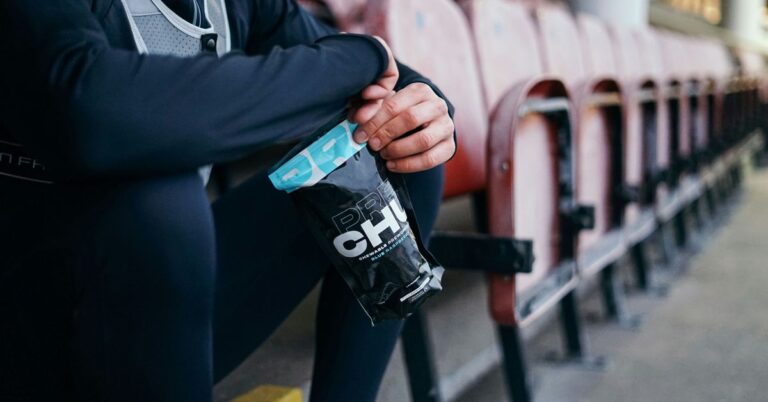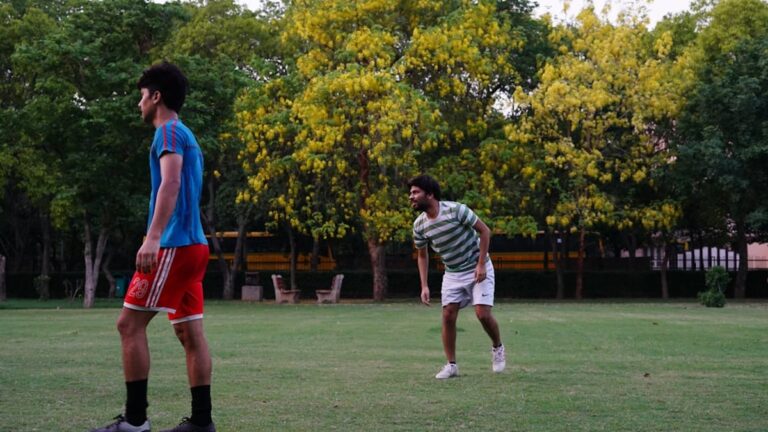Unconventional Wisdom in Sports Training
When it comes to training for sports, most of us have our routines down to a fine art. We hit the gym, lace up our sneakers, and follow the familiar drill. But what if I told you that some of the most effective training techniques are hiding in plain sight, just waiting for you to discover them? You might be wondering, “Why would I change what’s working for me?” Well, the truth is, the world of sports training is ever-evolving, and sometimes it takes a little creativity to elevate your game to the next level.
In this article, we’re diving deep into some unexpected training techniques that could give you that much-needed edge. From playing with unconventional equipment to incorporating mental training strategies, these approaches might just surprise you—and who knows, they might even lead to a breakthrough performance!
1. Training with Unusual Equipment
Let’s start with something that might sound bizarre at first: training with equipment you wouldn’t normally associate with your sport. I remember the first time I saw a baseball player swinging a sledgehammer. At first, I thought it was a scene from a comedy sketch—until I realized he was using it to improve his swing mechanics. This brings me to the first unexpected technique: unconventional equipment training.
1.1 The Sledgehammer Swing
Using a sledgehammer can enhance your grip strength and core stability. The off-balance nature of the hammer forces your muscles to engage in ways they typically wouldn’t during regular training. A few swings against a tire can build explosive power, mimicking the force needed in sports like baseball or tennis.
1.2 Kettlebell Flow
Now, let’s talk about kettlebells. Sure, you’ve probably seen them in your local gym, but have you ever tried using them in a flow routine? This involves transitioning from one kettlebell exercise to another without resting. It’s not just a great workout; it also improves your coordination and endurance. Picture this: you start with a swing, then transition to a snatch, and finish with a Turkish get-up—all while keeping your heart rate up! It’s a wild ride, but your body will thank you.
1.3 Battle Ropes
These thick, heavy ropes have become a staple in functional training, but their versatility is often underestimated. Instead of just doing waves, try incorporating them into a game. For instance, you could set up a friendly competition with a partner: who can create the most waves in 30 seconds? This not only spices up your routine but also adds an element of fun—because, let’s face it, who doesn’t love a little competition?
2. Playful Drills: Gamification of Training
Speaking of fun, let’s explore the concept of gamification in training. The idea is simple: turn your workouts into games. This approach not only keeps you engaged but also encourages you to push your limits without even realizing it. I recall a basketball camp where we played a version of tag while dribbling. It was chaotic, but it taught us agility, quick thinking, and ball control—all while making us laugh!
2.1 Incorporating Games into Drills
Whether it’s tag, dodgeball, or even a modified version of ultimate frisbee, the possibilities are endless. By integrating these games into your training, you’ll develop essential skills while also improving your fitness. Consider setting up obstacle courses or relay races that mimic the movements required in your sport. A little creativity goes a long way here.
2.2 The Power of Team Challenges
Another great way to gamify your training is through team challenges. Divide your squad into teams and create fun competitions around skill drills. Maybe it’s a passing accuracy contest for soccer players or a shooting contest for basketball players. The competitive spirit can be a powerful motivator, pushing everyone to perform better.
3. Emphasizing Mental Conditioning
Now, let’s shift gears and talk about a facet of training that often flies under the radar: mental conditioning. You may have the physical skills, but as many athletes know, the mind can be your greatest ally or your worst enemy. I remember chatting with a former Olympian who emphasized that mental training was just as important as physical training. It struck me that many athletes overlook this crucial aspect.
3.1 Visualization Techniques
Visualization is a technique widely used by successful athletes. The process is simple: close your eyes and imagine yourself performing your sport flawlessly. Picture every detail—your movements, the sounds of the crowd, even the smell of the grass or court. Studies suggest that this form of mental rehearsal can enhance performance by preparing your mind for the actual event.
3.2 Mindfulness and Focus
Incorporating mindfulness practices, such as meditation or breathing exercises, can significantly improve your focus during competitions. I’ve seen athletes who struggle with anxiety find calm and clarity through these techniques. It’s like having a secret weapon in your training arsenal. Just a few minutes of focused breathing before a game can make a world of difference.
4. Cross-Training: Mixing It Up
Cross-training is a buzzword that’s been around for a while, but it’s often misunderstood. Many people think it’s just about doing different workouts for variety’s sake. But the truth is, cross-training can be an incredibly effective way to build strength and prevent injuries. I recall a runner who took up swimming in the off-season; not only did it give her legs a break, but it also built her upper body strength remarkably.
4.1 The Benefits of Non-Sport-Specific Training
Engaging in activities that differ from your primary sport can improve overall athleticism. For example, a cyclist might benefit from yoga to enhance flexibility, while a football player could find benefits in dance for footwork and agility. The key is to remain open-minded and willing to step outside your comfort zone.
4.2 Seasonal Sports
If you play a sport that is seasonal (like baseball), consider picking up another sport during the off-season. Not only does this keep your training fresh, but it also helps develop diverse skills. Imagine a football player who takes up rock climbing; the improved grip strength and problem-solving skills could translate to better performance on the field.
5. Recovery Techniques: The Unsung Heroes
Now, let’s not forget about recovery, which is often overlooked in the pursuit of peak performance. It’s easy to get caught up in the grind and forget that your body needs time to heal and rejuvenate. I once learned this lesson the hard way after pushing through an injury, only to find myself sidelined for weeks. Recovery techniques can be as important as the workouts themselves, and here are some surprising methods to consider.
5.1 Active Recovery
Active recovery involves engaging in low-intensity exercise after intense training. Think walking, light jogging, or gentle swimming. It keeps the blood flowing to sore muscles and can actually speed up recovery. I tried this after a particularly grueling week of training, and the difference was noticeable. It felt like giving my body a gentle nudge toward healing.
5.2 Cryotherapy and Contrast Baths
Cryotherapy (exposing your body to cold temperatures) has gained popularity among athletes for its recovery benefits. The idea is that the cold reduces inflammation and promotes healing. Similarly, contrast baths—alternating between hot and cold water—can stimulate blood flow and speed up recovery. Admittedly, the first time I tried a contrast bath, I felt like a human roller coaster, but the results were worth it!
6. Nutrition: The Game-Changer
We can’t talk about elevating your game without mentioning nutrition. It’s no secret that what you put in your body significantly impacts your performance. But sometimes, it’s the unconventional dietary choices that can make all the difference. I remember a nutritionist once telling me, “You can’t out-train a bad diet,” and boy, was she right.
6.1 Superfoods and Supplements
While protein shakes and energy bars are staples for many athletes, consider exploring superfoods like quinoa, acai berries, and spirulina. These nutrient-dense foods can boost your energy levels and recovery. And let’s not forget about hydration—beyond water, coconut water, and electrolyte drinks can be game-changers.
6.2 Meal Timing
Another often-overlooked aspect is meal timing. Eating the right foods at the right times can enhance your performance. Fueling up with carbohydrates before a workout and opting for protein-rich meals afterward can optimize your energy levels and recovery. It’s like giving your body a roadmap for success!
7. Embracing Technology in Training
Lastly, let’s touch on technology—an ever-evolving aspect of sports training. From wearable devices to training apps, technology can provide valuable insights into your performance. I once tried a heart rate monitor during a workout, and it was eye-opening to see how my body responded to different exercises.
7.1 Wearable Devices
Wearables can track your heart rate, calories burned, and even sleep patterns. This data can help you tailor your training more effectively. Imagine being able to analyze your heart rate variability to determine when to push harder or when to ease back. Technology can be your coach, providing insights that help you optimize your performance.
7.2 Virtual Training and Online Communities
With the rise of virtual training platforms, athletes can access coaching and workouts from the comfort of their homes. Plus, joining online communities can provide motivation and accountability—after all, there’s nothing like a little friendly competition to keep you on your toes. I’ve found that sharing my training journey online not only keeps me accountable but also connects me with a supportive community.
Conclusion: Your Path to Elevation
As we wrap up this exploration of unexpected training techniques, I hope you’ve found inspiration to step outside your comfort zone. The world of sports is constantly evolving, and sometimes the most unconventional approaches can lead to the biggest breakthroughs. Remember, whether it’s utilizing quirky equipment, gamifying your drills, embracing mental training, or optimizing your recovery, every little change can contribute to elevating your game.
So, go ahead—experiment with these techniques, apply a few new strategies, and watch your performance soar. As athletes, we’re all on a journey, and it’s the willingness to adapt and innovate that can truly make a difference. Happy training!













